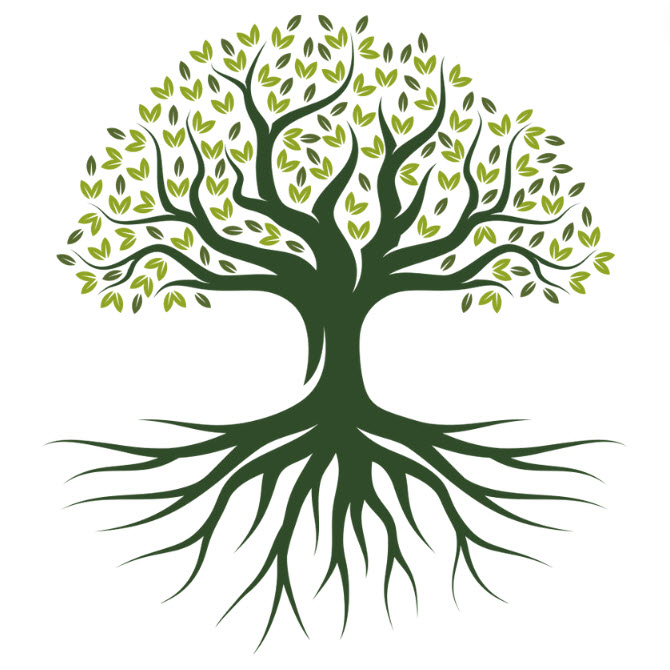Arborist
Trees are a vital part of our environment, providing numerous benefits, from enhancing property aesthetics to contributing to ecological balance. However, like any living organism, trees require care and maintenance to ensure they remain healthy and safe. This is where professionals like arborists, tree surgeons, and tree doctors come into the picture. In this guide, we will explore the roles of these professionals, delve into the field of arboriculture, discuss the costs associated with tree services, and highlight the importance of hiring licensed and certified experts.
Table of Contents
ToggleUnderstanding the Roles of Tree Care Professionals
Arborist: An arborist, or tree arborist, is a professional who specializes in the care of trees. Arborists are trained in the science of tree biology and are knowledgeable about the best practices for tree care, including planting, pruning, and disease management. They are skilled in diagnosing tree health issues and can recommend treatments to ensure trees remain healthy and vibrant. Arborists also provide expert advice on tree selection and planting to ensure that trees thrive in their environment.
Tree Surgeon: A tree surgeon is a professional who focuses on the physical aspects of tree care, such as pruning, trimming, and removal. The term “surgeon” is used because of the precision and care required in handling tree limbs and branches. Tree surgeons are often called upon to perform delicate tasks like removing dead or diseased branches, shaping trees for aesthetic or safety reasons, and removing trees that pose a risk to property or people.
Tree Doctor: A tree doctor, often synonymous with an arborist, is a specialist in diagnosing and treating tree diseases and pest infestations. Tree doctors have extensive knowledge of tree biology and are skilled in identifying the symptoms of poor tree health. They can prescribe treatments to address diseases, control pests, and prevent further damage to trees. Tree doctors are essential for maintaining the health of trees in both urban and rural settings.
Tree Arborist: The term “tree arborist” is often used to describe a professional who combines the expertise of an arborist, tree surgeon, and tree doctor. Tree arborists have a comprehensive understanding of tree care and are equipped to handle all aspects of tree maintenance, from planting and pruning to complex tree surgeries and disease management. They are essential for long-term tree care strategies and ensuring that trees remain healthy and safe.
What is Arboriculture?
Arboriculture is the science and practice of caring for trees, shrubs, and other woody plants. It involves a wide range of activities, including planting, pruning, fertilizing, pest control, disease management, and tree removal. Arboriculture is essential for maintaining the health, safety, and beauty of trees in both urban and natural environments.
Arboriculturists, or those who practice arboriculture, are trained in tree biology, ecology, and environmental science. They have a deep understanding of the factors that influence tree growth and health, including soil conditions, climate, and pest pressures. Arboriculturists are also skilled in using specialized tools and techniques to care for trees safely and effectively. The practice of arboriculture is essential for ensuring that trees contribute positively to our environment and communities.
Tree Service Costs and Pricing
The cost of an tree services can vary widely depending on factors such as the type of service needed, the size and condition of the tree, the complexity of the job, and the location. Below is an overview of common tree services and their associated costs:
- Tree Pruning and Trimming: Regular pruning and trimming are important for maintaining the health and safety of trees. The cost of these services can range from $150 to $1,200 per tree, depending on the size of the tree, its location, and the complexity of the work. Larger trees or those located near structures or power lines may require more specialized care, resulting in higher costs.
- Tree Removal: Tree removal is sometimes necessary when a tree is dead, diseased, or poses a safety hazard. The cost of tree removal can range from $400 to $3,000 or more, depending on the size and location of the tree, as well as the complexity of the removal process. Additional costs may apply for stump removal, which typically ranges from $60 to $350 per stump.
- Stump Grinding: After a tree is removed, stump grinding is often necessary to eliminate the remaining stump. The cost of stump grinding usually ranges from $100 to $400, depending on the size of the stump and its accessibility. Stump grinding is important for preventing regrowth and removing potential hazards from the landscape.
- Tree Health Assessment and Treatment: Diagnosing and treating tree diseases or pests requires the expertise of a tree doctor or arborist. The cost of a tree health assessment can range from $100 to $500, depending on the scope of the evaluation and the treatments recommended. Treatments, such as fertilization, pesticide application, or cabling and bracing, may incur additional costs.
- Emergency Tree Services: Emergency tree services are often required after storms or other events that cause significant damage to trees. These services are typically more expensive due to the urgency and potential hazards involved. Costs for emergency tree removal or trimming can range from $500 to $5,000 or more, depending on the severity of the situation.
- Tree Planting: Planting new trees is an investment in the future health and beauty of a landscape. The cost of tree planting can vary based on the species of tree, the size of the tree at planting, and site preparation requirements. Typically, tree planting costs range from $150 to $1,000 per tree.
Why Hire Licensed and Certified Professionals?
When it comes to tree care, hiring licensed and certified professionals is essential for ensuring the job is done safely and effectively. Licensing and certification are indicators of a tree service professional’s competence, experience, and commitment to industry standards.
Licensed: A licensed tree service provider has met the legal requirements set by local or state authorities to operate a business in the tree care industry. Licensing requirements vary by region but often include proof of insurance, bonding, and compliance with safety regulations. Hiring a licensed professional ensures that the service provider is accountable and adheres to industry standards.
Certified: Certification is a voluntary credential that indicates a tree service professional has undergone specialized training and has demonstrated a high level of expertise in arboriculture. The International Society of Arboriculture (ISA) is a widely recognized organization that offers certification for arborists. An ISA Certified Arborist has passed a comprehensive exam covering tree biology, maintenance practices, diagnosis, and treatment. Hiring a certified arborist ensures that you are working with someone who is knowledgeable and committed to ongoing education and best practices in tree care.
Local Considerations When Hiring Tree Services
When choosing a tree service provider, it is important to consider local factors such as climate, soil conditions, and the types of trees common in your area. Local arborists and tree surgeons are often more familiar with regional tree species and the specific challenges they face, such as pests or diseases prevalent in the area.
To find the right tree service provider, consider the following steps:
- Research and Reviews: Look for local tree service companies with positive reviews and testimonials. Online platforms like Yelp, Google, and the Better Business Bureau can provide valuable insights into the reputation and quality of service of different providers.
- Get Multiple Quotes: Obtain quotes from several tree service providers to compare pricing and services. Be sure to ask for a detailed breakdown of costs and inquire about any potential additional charges.
- Check Credentials: Verify that the tree service provider is licensed and insured. Ask about their certification, experience, and training. A reputable company will be transparent about its qualifications and provide proof upon request.
- Ask for References: Request references from past clients to gauge the quality of work and customer satisfaction. Contact these references to ask about their experience with the company and whether they would recommend their services.
- Understand the Contract: Before hiring a tree service provider, carefully review the contract to ensure it includes all agreed-upon services, costs, and timelines. Make sure you understand the terms and conditions, including any warranties or guarantees offered.
Conclusion
Tree services and arboriculture are essential for maintaining the health, safety, and beauty of our landscapes. Whether you need routine tree maintenance, emergency tree removal, or specialized tree health care, hiring licensed and certified professionals is crucial for ensuring the job is done safely and effectively. By understanding the roles of arborists, tree surgeons, and tree doctors, as well as the costs and considerations involved, you can make informed decisions that protect your property and enhance the natural environment. See more information about our services.

